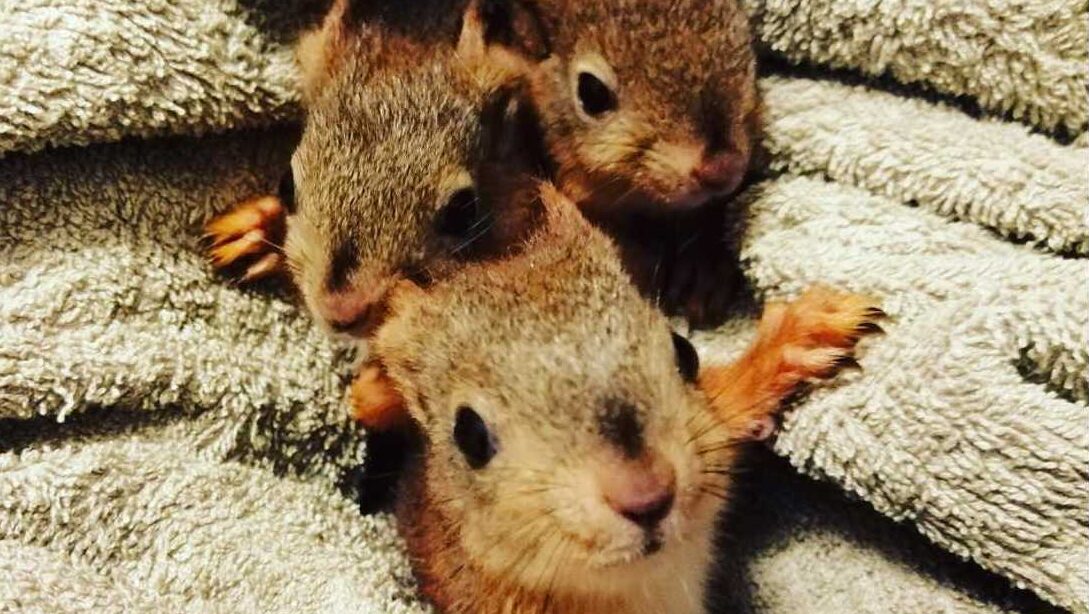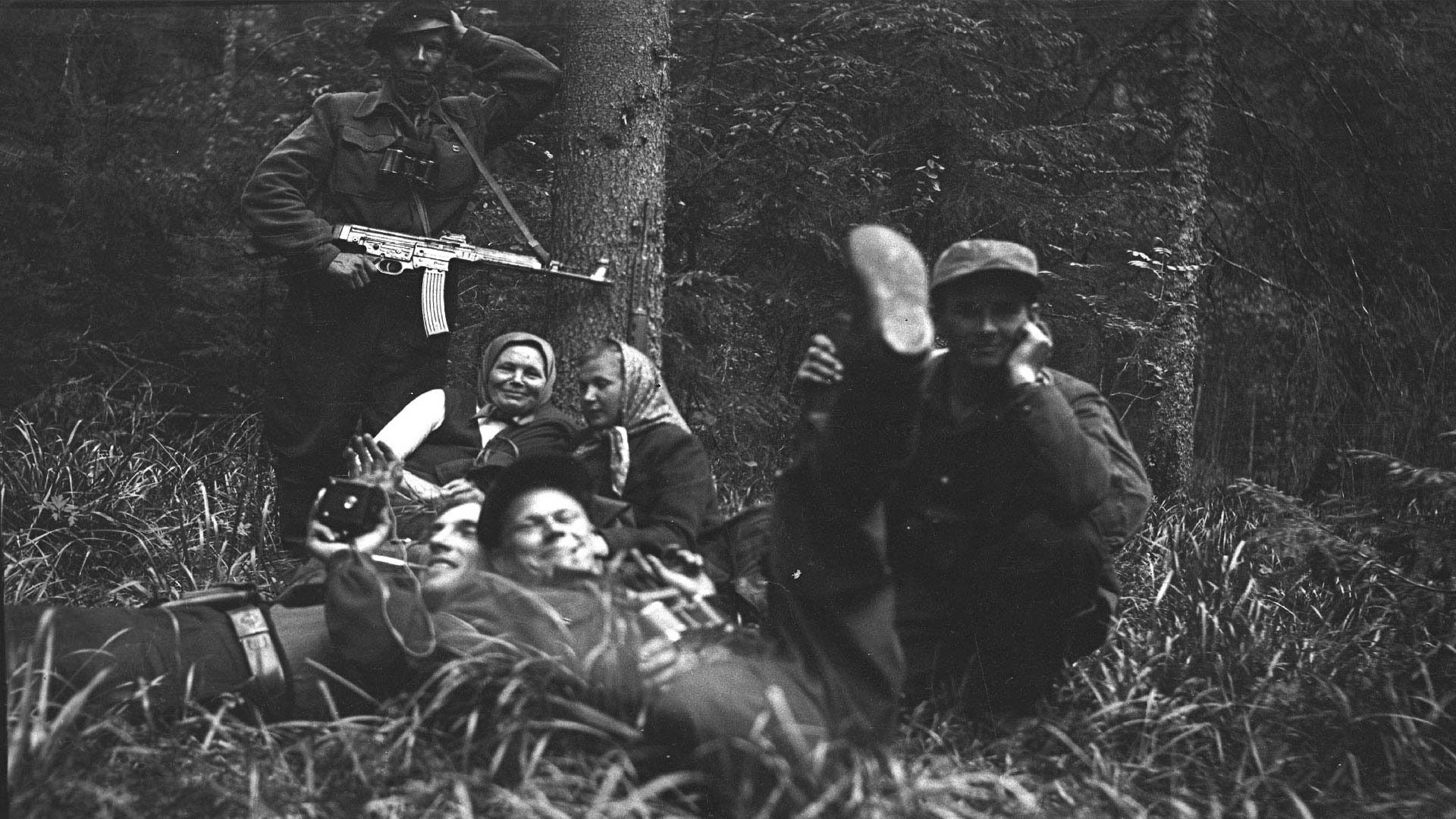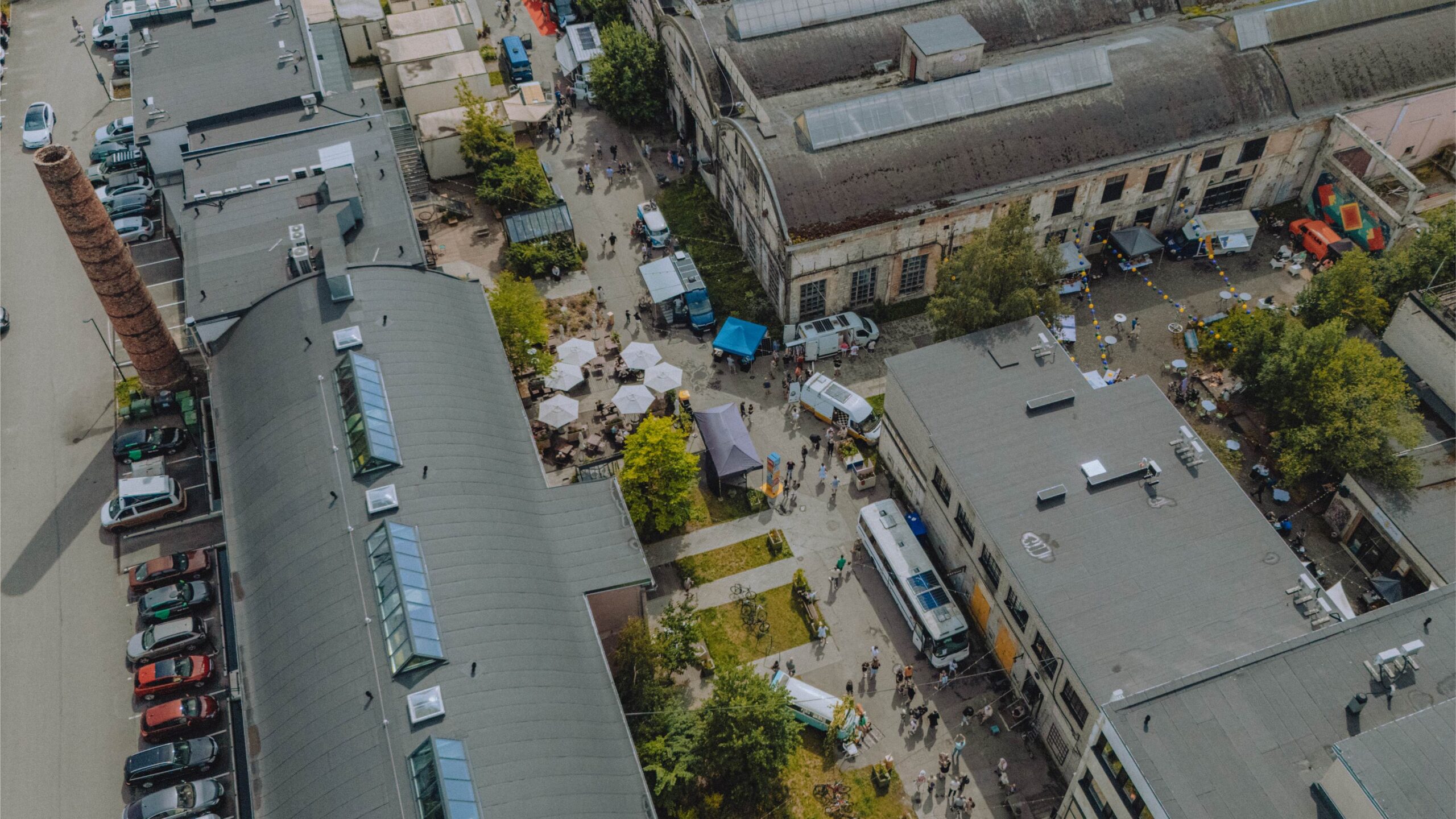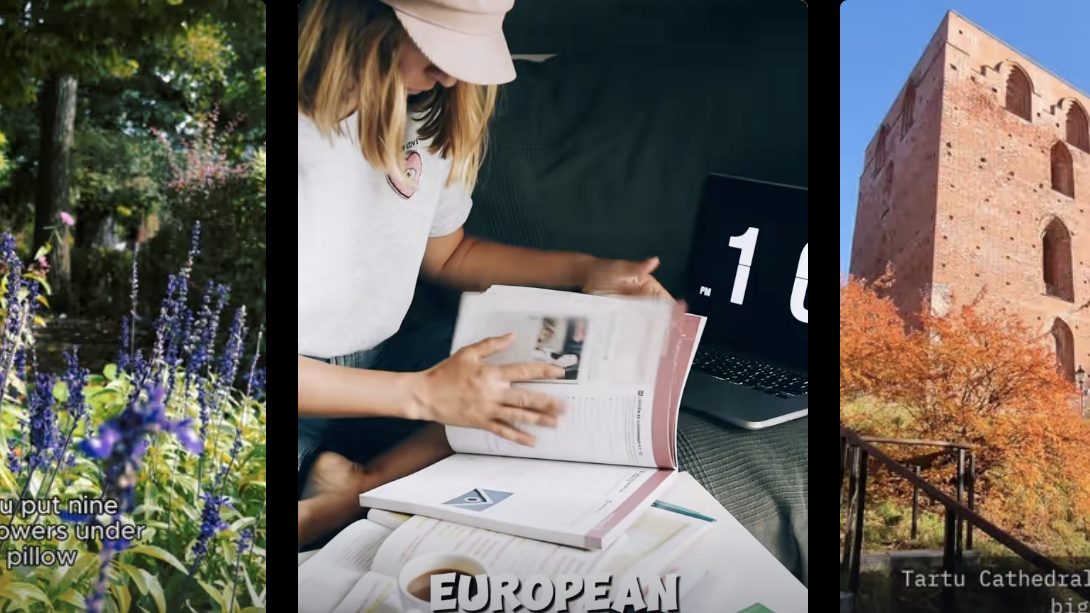After a period of recovery in a shelter, Marko Kübarsepp of Estonia's Keskkonnaagentuur (Environment Agency) put a GPS collar on the wolf. Within four months of being released back into the wild, however, the agency stopped receiving signals from the collar. There were worries that the wolf had died, but then again, it was observed that he might have found a comfortable habitat and a mate before contact was lost.
It's an encouraging example of humans helping out animals, and at the same time, one is left to ponder the implications of humans intervening with animals.
Instances like the one above are fairly rare. Our contact with wild animals comes and goes very quickly. As it should; they need to maintain a certain level of caution to survive against predators, and to be independent in their seeking of food and other necessities.
Still, the expansion of urban areas and human activity into the habitats of animals complicates what they must do to survive. By living alongside animals, our level of contact is increased, and the challenges of animals expand beyond potential predators and the elements.
What can we do to limit those extra hurdles for the creatures that live among us?
Through reports on their activities, Eesti Metsaloomaühing (Estonian Wildlife Center) comes up with a few suggestions that are relevant to both Estonia and Canada.
Just as Canadians will be accustomed to, with moose and deer crossings, they talk about the importance of driving prudently on country roads, to reduce the likelihood of a destructive collision. When cutting down trees on one's property or when it's done on public land, it's a good idea to check for the nests of birds and squirrels.
Some suggestions are more endemic to Estonia. When winters are mild in Estonia and there is no ice, seals are likely to give birth on the shore, between mid February and mid March. However, these seals aren't likely prepared for human company on the beach, especially people walking with dogs who might inadvertently attack. Furthermore, if one goes too close, seal mothers may avoid moving around in that location, and if a baby is left alone there, who knows if they will be able to look after themselves. So it's best to stay away.
The Canadian Wildlife Federation provides a plethora of ideas, too. The first step in supporting wildlife is to learn more about what's out there. Watch. Observe. Become acquainted with something as simple as the life forms that roam around in your local park or back yard. Naturalist clubs—of which there are dozens in Ontario Nature's “Nature Network”, for instance— are a rewarding, social way to learn from others about the intricacies of conservation. Practices like leaving snags (standing dead trees) alone, that become a source of insects for woodpeckers to eat. Regularly cleaning out hummingbird feeder syrup so that the birds don't end up consuming alcohol. Letting ducks eat worms, vegetation, and aquatic food sources instead of bread, which doesn't provide adequate nutrition. Abiding by seasonal guidelines and catch limits when hunting or fishing.
Volunteering at wildlife centres can be a big help. For the Estonian Wildlife Center, the summer of 2020 was particularly active. The organization's volunteers took care of 261 hedgehogs, 128 young squirrels, 77 rabbits, and five fox cubs. This care of animals is an intense endeavour, with financial resources and a great deal of time expended for specific feeding formulas, nest boxes, and raising the animals so that they are physically prepared for release back into the wild. Volunteers even roll up their sleeves to do things like giving baths to injured toads.
Often, these organizations operate on donations for paying staff, buying supplies, and for the upkeep of facilities. So financial support is helpful, too. From time to time, Toronto Wildlife Centre will use their social media platforms to mention supplies they are in need of, such as old newspapers for bathroom lining or whole walnuts for squirrels. These donations of supplies are valuable as wildlife centres take calls from Toronto residents and face a steady influx of local wild animals that come in when they are injured or otherwise unwell.
Estonians, as a maarahvas, have ties to the land and all that lives on it. For eons, Estonians have observed and tried to diligently manage our place together with other organisms, and these are but a few ways we can uphold that. These interventions can be seen as part of bringing some equilibrium back to the topsy-turvy situation of humans alongside animals in built-up areas.
This article was written by Vincent Teetsov as part of the Local Journalism Initiative.




